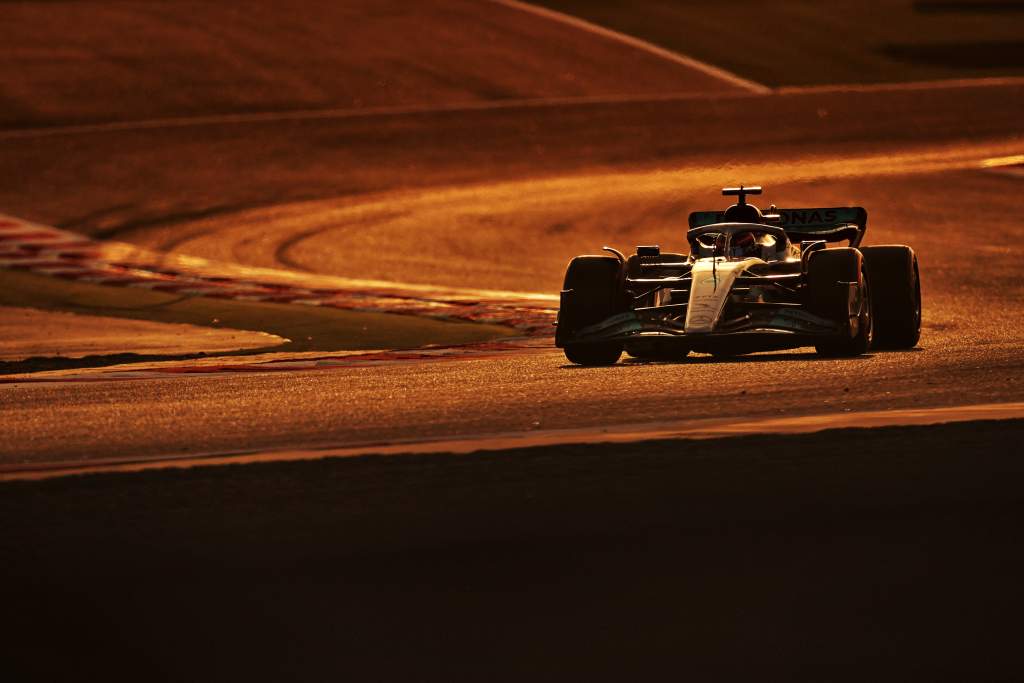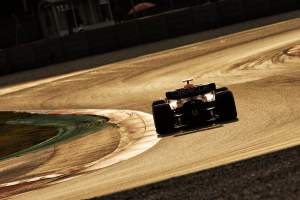Up Next

Formula 1 is heading into the unknown with the first race under the new regulations in Bahrain this weekend, but having spent three days running at the Sakhir track, the teams already have a clear picture of the performance of the 2022 cars compared to last year.
The overhaul of the rules has created a far greater dependence on underbody aero thanks to the reintroduction of ground effect venturi tunnels. This, combined with the simplification of top-body aero, has had a profound impact on the performance profile of the cars.
As a result, the 2022 cars are potentially faster in the fast corners but slower in the slow corners. The overall lap time difference depends on the track configuration, with the Sakhir circuit likely to be one of the bigger increases from 2021 to 2022 given the preponderance of slow and medium speed corners.
Mercedes has issued a track map with corner-speed data that gives some indication of where the cars are slower (2021 top vs 2022 below). It highlighted the Turn 4 third-gear right-hander, which is taken at a minimum speed of approximately 115km/h (72mph) in 2022 compared to 135km/h (84mph) in 2021. Turn 1 is also reckoned to be a 70km/h (44mph) corner rather than 80km/h (50mph), with the final turn 5km/h slower at 125km/h (78mph).
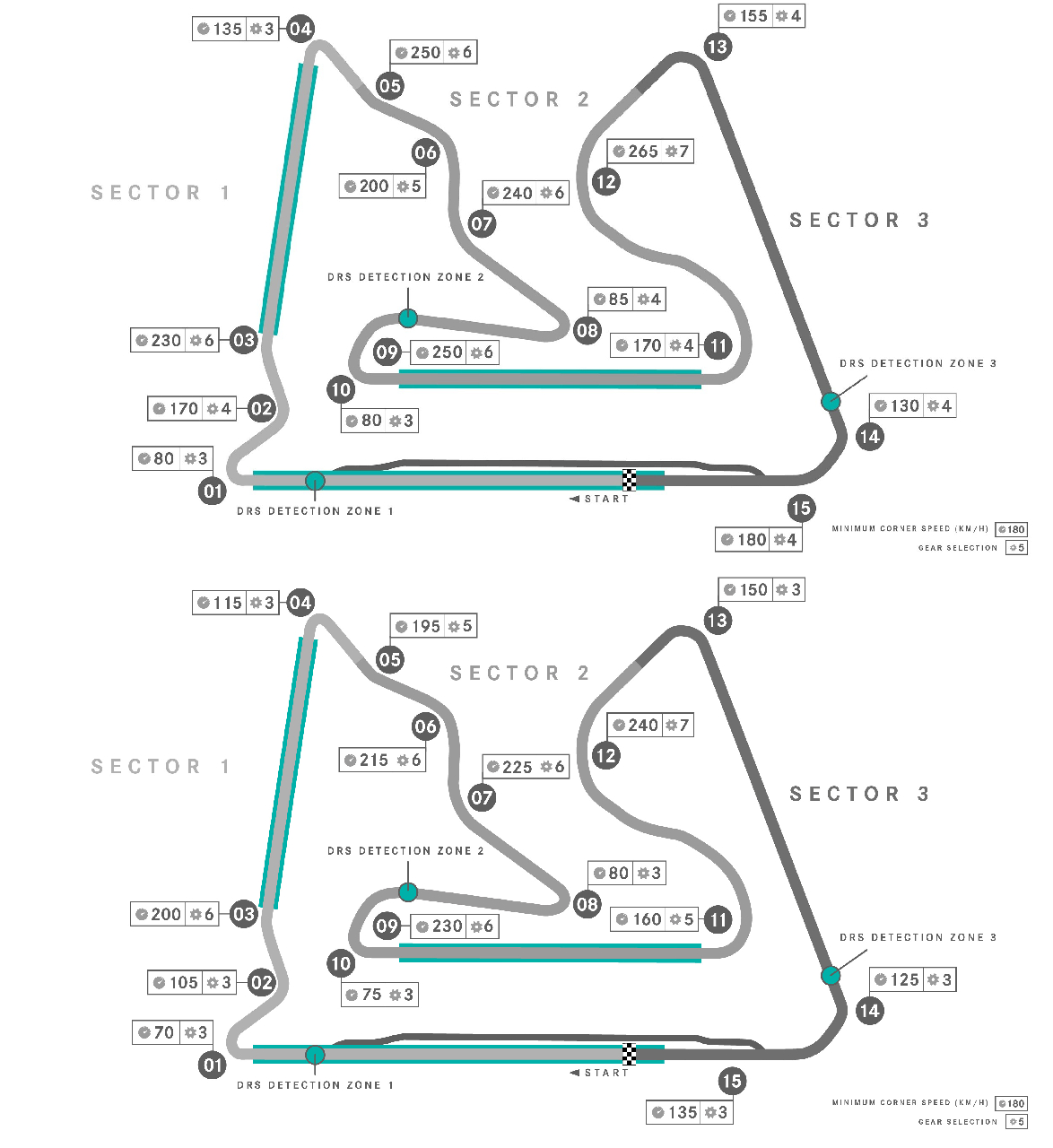
The Turn 12 right-hander, a seventh-gear corner, is put at 240km/h (149mph) rather than 265km/h (165mph). The reduced speed in Turn 11 (10km/h slower than last year) potentially plays a part in this, combined with the fact the minimum weight is 43kg heavier in 2022 to limit the speed gained – as well as the fact that there’s significant weight transfer to the left side of the car in this corner. Once the cars have evolved for the ground effect venturis to work consistently well, it’s likely this turn will be quicker.
Ferrari driver Carlos Sainz says that the medium-speed corners are the point where the cars feel most similar to last year – although the simplified aero means they are less consistent through the various phases of such turns.
This is because the small vanes and flicks that were common on the previous generation of cars, in particular the hugely complex bargeboards, worked to keep the airflow consistent when cornering despite changes in the attitude of the car and steering lock. This year’s cars have less potential for such fine-tuning, meaning there is more fluctuation of aero performance through corners.
“The medium-speed corners that you see here is the point where the cars are actually the closest on performance,” said Sainz when asked by The Race about the relative performance of ’21 and ’22 cars.
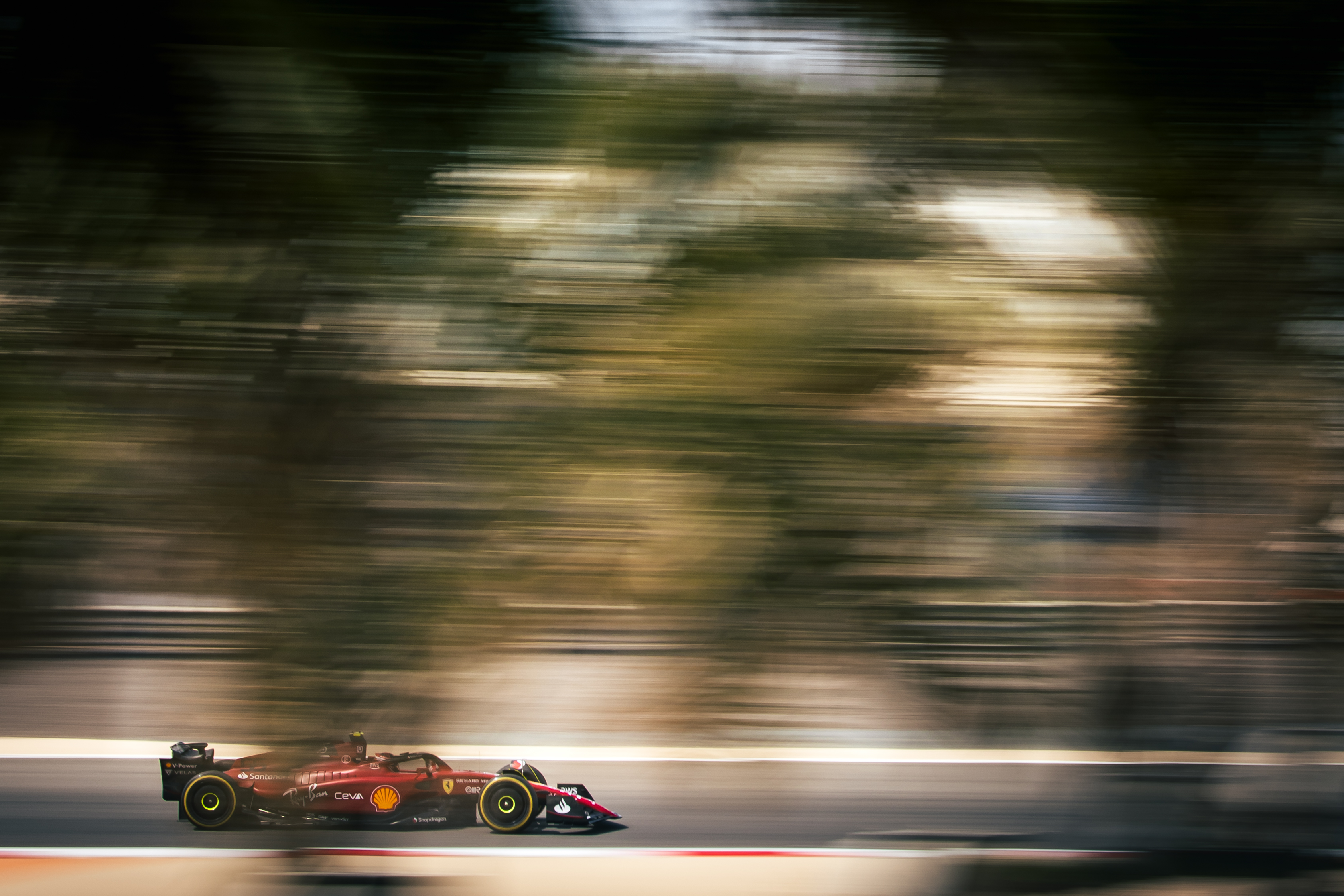
“Maybe last year’s car had a bit better through-corner balance, because they were more optimised. There were five years with those regulations to balance [the car] with the hydraulic suspensions and everything you could balance to perfection.
“These cars are a bit more raw, their balance is still not the optimum. But in terms of pure performance, the medium speed is very close and in the high-speed I think these cars will end up being quicker if the weight allows. And the low speed is clearly worse, particularly under braking and cornering.”
The drivers have also had to adapt their driving style, not only to account for the understeer in the slow corners but also to mitigate lock-ups.
Sainz’s team-mate, Charles Leclerc, has talked about the need to modify braking approaches throughout testing with the middle and end of the braking phase affected for the big stops.
“The driving style changes a lot,” said Leclerc. “Especially the braking for the slow speed like from mid to end braking you can really feel the weight of the car.
“You’ve seen a lot of front and rear locking in this end part of braking, especially with this car, so you need to drive differently.
“There’s also quite a bit of understeer, mostly because of the weight in the low speed corners.
“The main weaknesses of these new cars are probably the mid-to-end braking and the understeer in the low speed.”
The cars are also set up stiffer. This is because of the desire to hold the ground-effect cars closer to the ground, combined with the fact that the simplified suspension systems mean it’s more difficult to control the mechanical platform of the car.
Leclerc likened it to the Formula 2 cars he raced to the title in 2017 prior to his F1 graduation with Sauber the following season, but suggested that experience was of little relevance.
“You can do a comparison with Formula 2 in terms of set-up, because Formula 2 was a car that I remember was extremely stiff and extremely low,” said Leclerc. “And with these Formula 1 cars, every team is 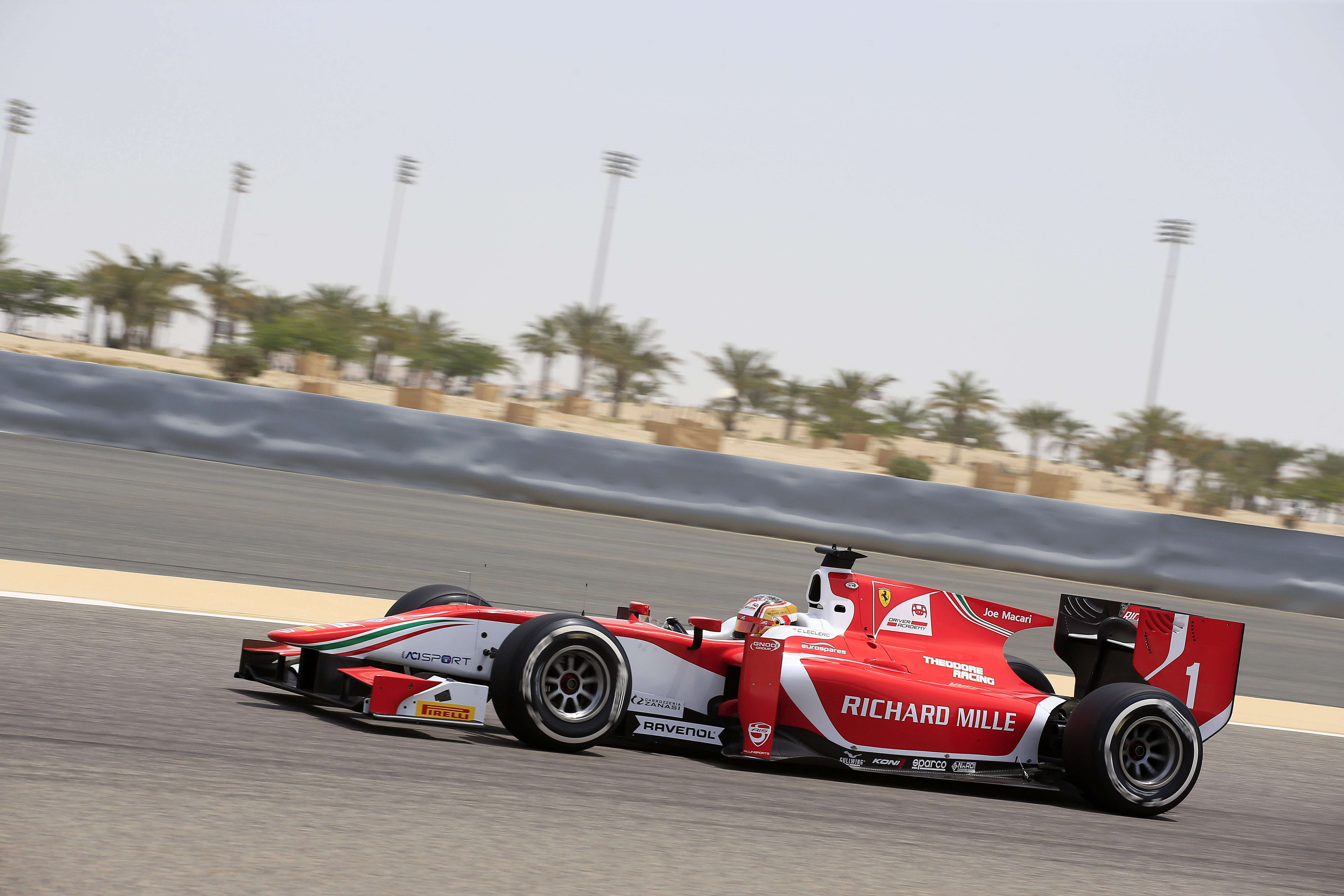 going this way, too.
going this way, too.
“But in terms of driving it is completely different. There’s nothing that I bring from Formula 2 apart from the basics that was working with the ‘21 cars.”
During testing in Bahrain, the fastest lap was 2.723s slower than last year’s pole position. At Barcelona, the cars were 2.397s slower. In percentage terms, Barcelona dropped off fractionally more than Sakhir given it’s a shorter lap.
Qualifying on Saturday will allow for a more accurate comparison, but although Bahrain will be slower than last year the high-speed circuits later in the season have the potential to produce even faster lap times than last year.
Speaking on the final day of last year’s test, Pirelli’s head of F1 Mario Isola said he believes lap times could be quicker “in all the circuits where you have high-speed corners – I can imagine Silverstone, Suzuka, probably Spa”.


